Lightweight Backpacking Checklist – Gear Guide for Beginners
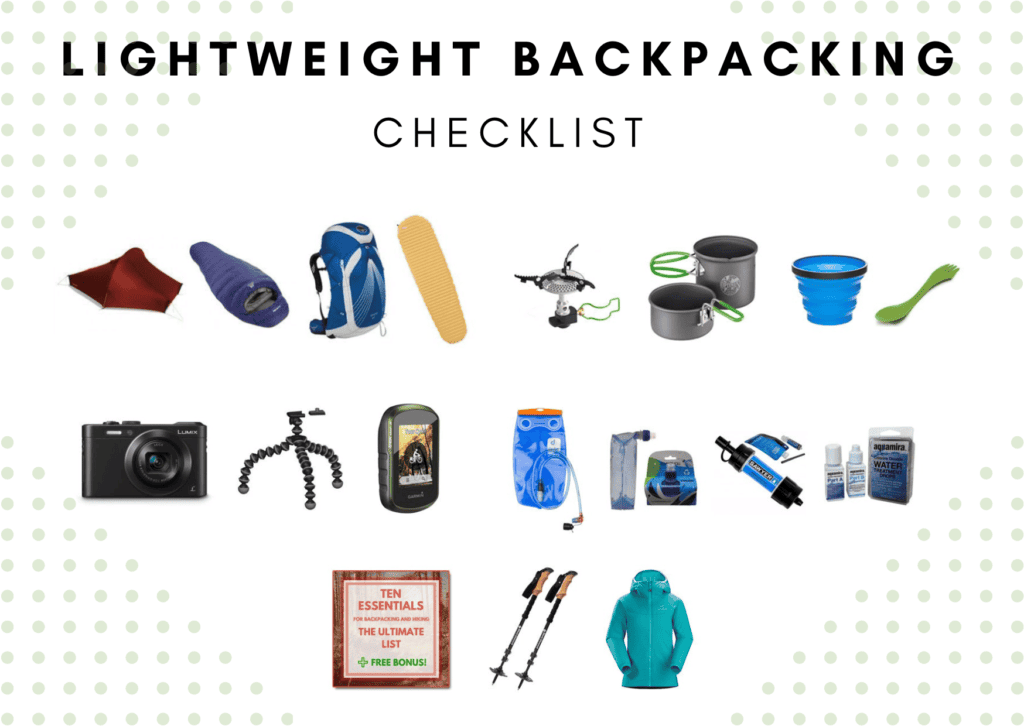
Backpacking light, lightweight backpacking or “going light” – all these terms describe same thing, an attitude and hiking gear style. This light approach to hiking is becoming more and more popular not only among long term backpacking pros but also among “light-core” hikers.
You might be wondering:
“What is lightweight backpacking really?”
There are many misconceptions circling around so before you start cutting labels off your clothes, removing pockets or cutting your toothbrush read the guide below.
Lightweight Backpacking – The Concept
Lightweight backpacking is not a new idea, it has been alive for quite a while. However only recently it stopped being an “extravagant” insider approach and became a more widely practiced technique. The progress in development of new materials for the outdoor industry as well as general mindset shift contributed to increased interest in backpacking light.
What does it mean to go light?
There are no hard rules on when you become a lightweight hiker however there is a common weight guide that will help you understand the basic concept of lightweight backpacking:
| Type | Description | lbs | kg |
|---|---|---|---|
| Ultralight backpacking | Base weight below | 10lbs | 4.5kg |
| Lightweight backpacking | base weight below | 20lbs | 9kg |
| Traditional backpacking | base weight more than | 25lbs | 11.3kg |
**Base weight => your pack plus gear weight (excluding consumables like water, food, fuel etc.)
What to Consider Before Reducing Your Base Gear Weight?
1. Safety and comfort
Never sacrifice any of these while lightening your load. We are all different and have different needs. What makes others feel safe and comfortable doesn’t need to apply to you. Once you start a process of reducing your pack weight always reflect on yourself and ask yourself if a certain change will affect your safety or comfort. If you’re not sure always stay on a safer side even if it means a slightly heavier gear option. With time you will develop your skills and push your comfort zone and be able to move on with a lighter version of the gear.
2. Destination and conditions
What type of gear you’ll take with you heavily depends on where and when you’ll be hiking. Think thoroughly what will be your travel areas and what weather conditions you can expect to encounter. Analysing the above will give you a strong indicator of your gear needs and will make you gear choices much easier.
Hiking Outfit for the Seasons
3. Physical fitness and personal preference
Be fair and honestly assess your fitness level. Do you have back issues, problems with knees or ankles? Knowing your body and its limitations is very important in choosing proper gear that will perfectly suit your needs. Additionally to the later everyone has their preferences – not everyone might be comfortable with swapping their hiking boots to trail runners. Always make gear choices you are comfortable with. As you gain more experience you’ll also gain confidence in using new types of hiking gear.
I have started my backpacking adventure straight with a lightweight setup. It was my conscious choice to pick the gear that would serve it’s purpose, keep me safe and comfortable and be lightweight at the same time.
It took many hours of research and comparison to create a perfect gear set. I hope that the guide below will make this process easier for you whether you start hiking or just looking to lighten your pack.
Lightweight Backpacking Gear – Recommendations for Beginners
1. The BIG three (+1)
Term “big three” refers to three heaviest items of your hiking gear: shelter, sleeping bag and backpack. In this guide I have added a +1 which is a sleeping mat. For me all those items belong into one category and should be discussed together.
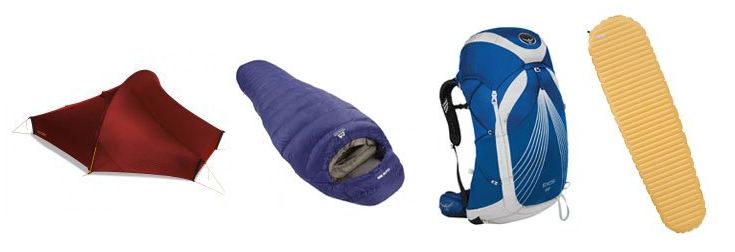
Lightweight backpacking tent – There are tons of possibilities if you want to lighten your shelter: tarps, single wall tents, bivy sacks, hammocks etc. As I mentioned before you should choose gear you feel comfortable with. Luckily nowadays there many lightweight options for a double wall tents as well. They offer same protection as a typical double wall but weigh up to 50% less. My tent of choice is Nordisk Telemark 2 UL. It weighs only 1.9lbs / 0.88kg, is durable and provides enough space for me and my hiking gear. Note that it’s described as 2 person tent however fitting two people plus gear would be close to impossible.
Lightweight backpacking sleeping bag – When it comes to choosing a sleeping bag the main question is synthetic or down. Both versions have their pros and cons and both can serve well in various conditions. I chose to go with down. It’s warmth to weight ratio is unbeatable, it packs small and as I am a cold sleeper it keeps me nice and toasty. I highly recommend Mountain Equipment Women’s Helium 400 bag – it’s only 1.8lbs / 0.83kg, super comfy with a great hood and foot box design. Comfort sleeping temperature is said to be +4C and since I’m doing 3 season backpacking only this is just right for me.
Lightweight backpacking backpack – Choosing a backpack is probably even more difficult than choosing a shelter or a sleeping bag, the possibilities seem to be endless. Whether you’re getting your first pack or upgrading to a lighter version I would recommend getting one with capacity of around 50l.
When choosing a backpack you need to take a special care as this is one of the most vital pieces of your gear. It must be comfortable, functional and perfectly fitted. I highly recommend buying one in a “real life” store rather than online. Depending on your preferences there are packs with or without frames, with diverse padding and support as well as storage possibilities. I went for Osprey Exos 58 (too big for my needs..) mostly due to the fact that it happened to be the best compromise between “traditional” suspension system and low weight. It weighs around 2.4lbs / 1.09kg and can contain a lot of gear. I especially love the side and front stretchy pockets, they provide amazing packing possibilities.
Lightweight backpacking sleeping mat – The last item in the big four weight reduction towards lighter backpacking. Choosing good mat is not as difficult as choosing the above items however it also requires some research. Foam pad or air mattress? I have never had a good sleep on a foam pads so I would always opt in for an air mattress. Air mattresses are light and they pack better than the bulky foam pads. Additionally the have higher R-value which translates into better insulation and sleep. Therm-a-Rest is making one of the best sleeping mats in the industry. I own their Therm-a-Rest NeoAir XLite – Women’s and am very satisfied with it. It packs to a size of a Nalgene bottle and weighs only 0.75lbs / 0.34kg. It’s warmth to size and weight ratio is unbeatable.
Get your FREE Backpacking Gear Checklist
Get this fully editable excel checklist to quickly and easily organize and track your hiking or backpacking gear.

2. Cooking Gear
Another step towards backpacking light is to decrease the weight of small items that you carry with you. On my list cooking gear is next in line – re-thinking your stove, pot and utensils options can save you some additional pounds.

Lightweight backpacking stove – For some reason majority of hikers are in love with their stoves. Often we own not one but two or three different types. Striving towards light backpacking and decreasing gear weight leaves us with a ton of stove options to choose from. From canister, wood or alcohol to solid fuel or multi fuel stoves – you can get lost. The type of stove you choose depends on when and where you’ll be hiking. In woody areas wood stove would be a good choice. If you hike diverse terrain and value short cooking times canister stove might be a fit. I personally went for a light version of a canister stove – Optimus Crux Lite Stove. Super light (0.20lbs / 0.09kg), easy to use and reliable it has quickly become my favorite. Recently I’ve also got myself an Esbit Pocket Stove – a small, light solid fuel stove. For now my feelings are mixed.
Lightweight backpacking pot – Titanium or aluminium? Both options are a good choice where titanium tends to be lighter but also more expensive one. Size of the pot depends on the length of the hike, number of people you’ll be hiking with and what type of meals you’re planning. For a short, solo weekend hikes where I only rehydrate my evening meals and prepare coffee or tea I tend to take Optimus Terra Solo Cook Set which, with its 0.44lbs / 200g aluminium construction and 0.6l capacity, is enough for my needs. For longer backpacking trips or when hiking with a buddy I bring one of the Kovea Solo 2 pots.
Lightweight backpacking bowl/cup – I don’t bring an additional bowl to eat from, I either consume my meals straight from a pot or use my collapsible Sea To Summit X-Mug (it’s more for beverages tough) However if you wish to bring an additional bowl there are some lightweight options available. Sea to summit has a whole X-series of collapsible items. You can also try one of the Fozzils bowls with a very clever fold and click system.
Lightweight backpacking misc utensils – If you’re trying to start backpacking light there is not much you could add here. The only additional item I am using is a Light my Fire Spork – light and useful no more no less.
3. Hydration System
Switching to a lighter versions of your bulky Nalgene bottles and pump water filters can considerably decrease the weight of your load.

Lightweight backpacking Lightweight backpacking – My water storage of choice is a 2l water bladder which I carry in my backpack. It’s very convenient to transport and use it and it weighs only around 0.23lbs / 0.12kg. The only downside is that you don’t really know how much water you have left so you need to double check every so often. Additionally to the bladder I carry a fold-able 1l water bottle from Platypus. I use it mostly to gather my filtered water.
Lightweight backpacking water treatment – As with everything selection of water treatment options is vast. You can go for gravity filters, pump filters, squeeze filters, UV pens and chemical treatment. Most common water treatment combination in backpacking light is squeeze filter plus some kind of chemical treatment. I think the most popular and very good squeeze filter comes from Sawyer – hikers swear by it and I personally also own one. They come in couple of variations, I bring Sawyer MINI Filter as a main water treatment ( 0.18lbs / 0.08kg ) and Aquamira drops as a backup if water is really suspicious. I don’t carry the drops in their original packaging, you don’t need that much. I “repackage” the amount I know I could use into a small dropper bottles and that works perfectly fine.

4. Tech Gear
Nowadays there are so many clever and useful tech solutions that you might end up carrying way too much. I’m trying to keep my tech items to a minimum as they tend to weigh a bit. This is the typical set I carry on most of my trips.

Lightweight backpacking camera – Not so long ago I switched from my Sony CyberShot to Lumix LX10 due to size and performance. My new Panasonic is the perfect fit for my needs, it’s relatively small, not so heavy ( 0.41lbs / 0.19kg ) and takes great pictures. I can easily put it in my hip belt pocket and it doesn’t bother me with it’s size or weight. There are couple of cameras with better performance and size/weight but their price was too high. Lumix is the best compromise – great quality images, super weight and size and affordable price.
Lightweight backpacking tripod – When you hike or travel solo you need some kind of support in taking those awesome pictures. What fun would it be not to show your face in front of those beautiful mountains? My tripod of choice is JOBY GorillaPod – it’s an awesome piece of gear. You can attach to anywhere you wish fences, trekking poles ( your selfie stick ) you can even hang it. Small and weighing only 0.1lbs / 0.04kg is a great companion
Lightweight backpacking GPS – I don’t take it with me on every hike but only when the terrain is unknown and can pose some navigational difficulties. Garmin is making one of the best hiking gps units available and I have one of their Garmin eTrex Touch 35. It’s a newer version of their best selling eTrex series and performs really good. Small and light it’s a good navigational support.
5. Other Items

Lightweight backpacking ten essentials – Regardless if you’re going light or sticking to a traditional way you should always carry your ten essentials with you. It’s the list of gear necessities that will increase your safety and preparedness while pursuing your outdoor adventures.
Lightweight backpacking trekking poles – I guess this is a personal preference but honestly I can hardly imagine going on a hike without my poles. I’m a proud owner of Black Diamond Alpine Carbon Cork trekking poles and wouldn’t leave my house without them. It’s an invaluable piece of gear that saved my ass ( or rather knees ) more than once. Apart from being a great support in walking they also serve me as a selfie stick and my self defense tool. I can honestly say those trekking poles are my favorite piece of gear. If you’re not using them yet I strongly encourage you to do so – the difference in hiking experience is enormous.
Lightweight backpacking clothing & footwear – It’s a separate topic for itself and you can find all the details in my post about hiking clothes!
Get your FREE Backpacking Gear Checklist
Get this fully editable excel checklist to quickly and easily organize and track your hiking or backpacking gear.

Lightweight Backpacking – Life Changer
The weight of the setup I described above fits perfectly in the lightweight backpacking range. The overall weight of the gear is 12.99lbs / 5.89kg. With couple of clothing pieces tucked away in your pack you’d still stay below 20lbs / 9kg.
Remember:
on top of the gear described above you always need to count food, water and fuel as additional weight in your pack. This will increase your load considerably that’s why keeping your base weight as low as possible is so important.
What’s the bottom line?
Whether you’re reducing the weight of your load or you’re collecting you gear it will take time until you get your perfect set and achieve a desired weight. Take your time because you want your gear to last and serve you for a long time.
Remember always consider your own needs and preferences before following someone else’s gear choices. Develop your skills, gather knowledge and experience by simply going out there and you’ll see choosing the right equipment will become much easier.
Keep hiking!


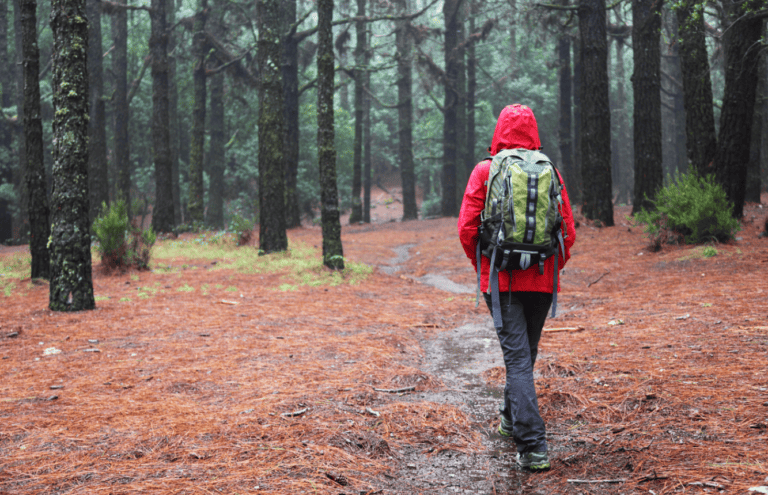
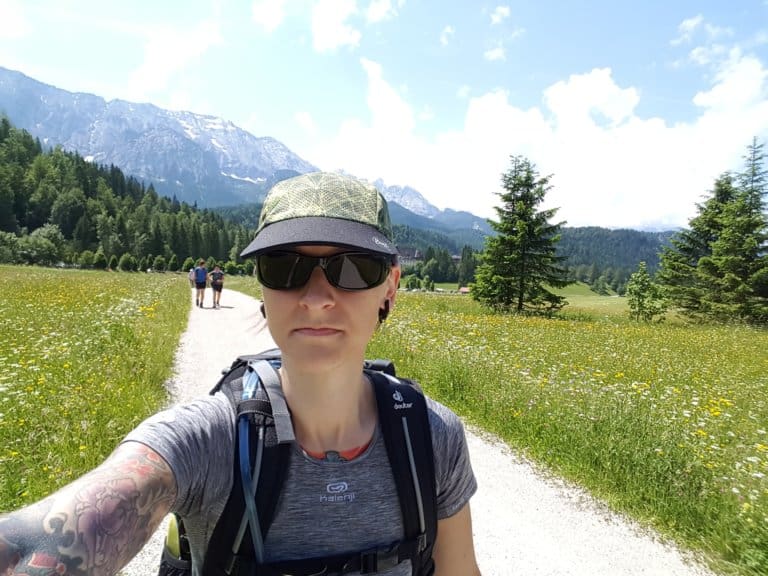
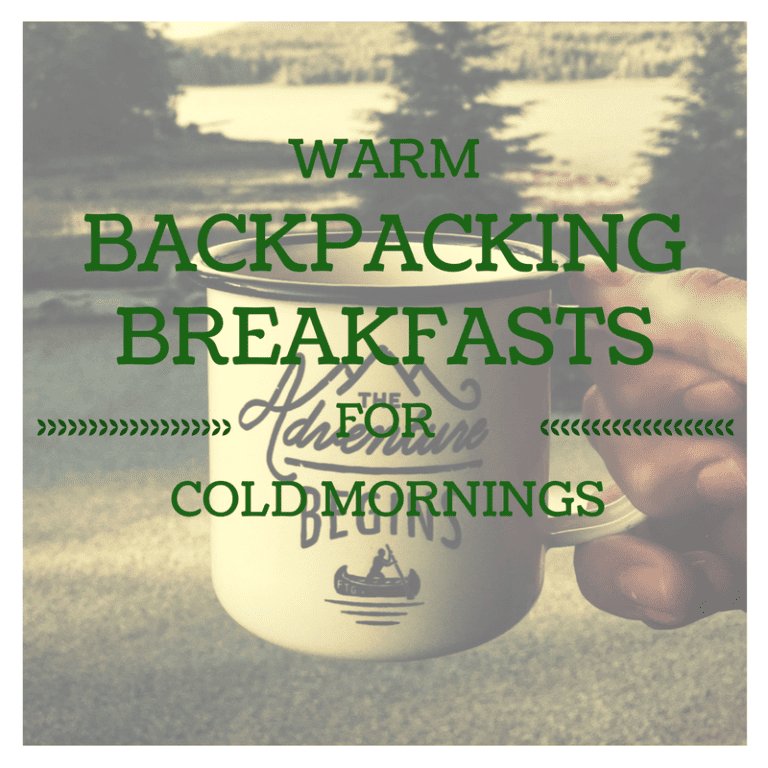
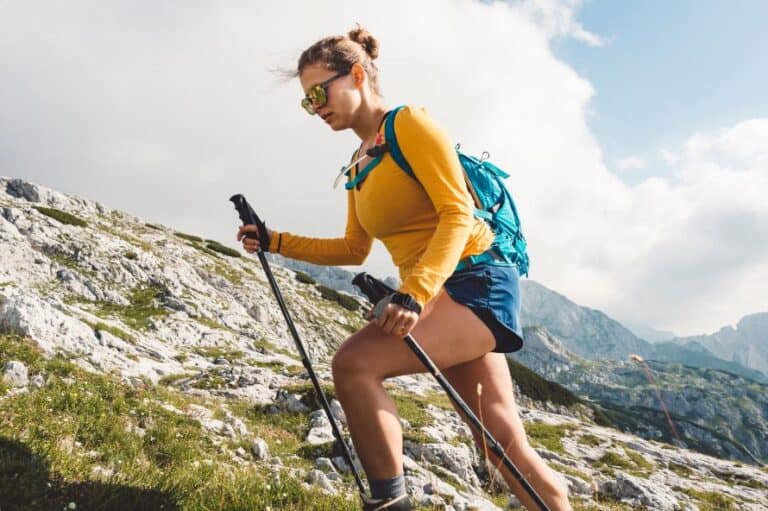
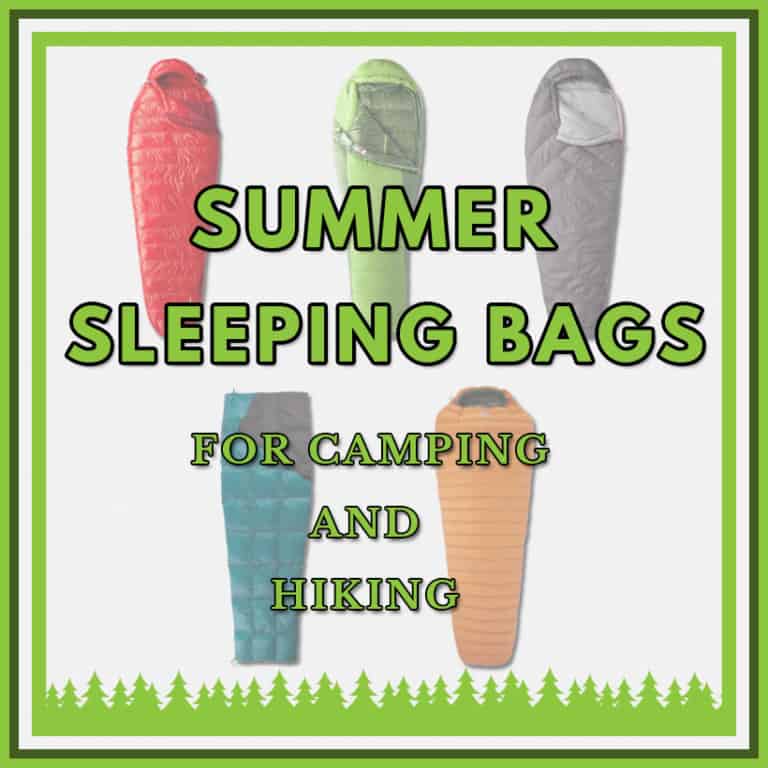
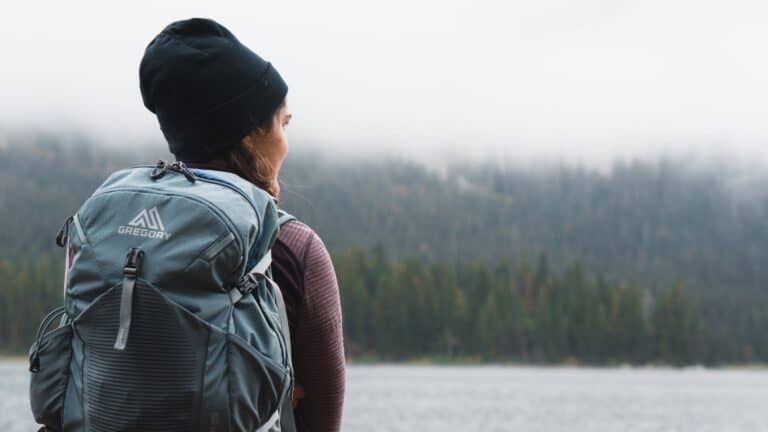
Great post and and site. I really appreciate the detail you provide on what items to bring based on actual weight. I think most folks underestimate the impact too much pack weight has during a long hike.
Regards,
Steve
Hey Steve,
Thank you for your kind words! I agree with you and I hope more people will work towards reducing their pack load which will make all their trips more enjoyable.